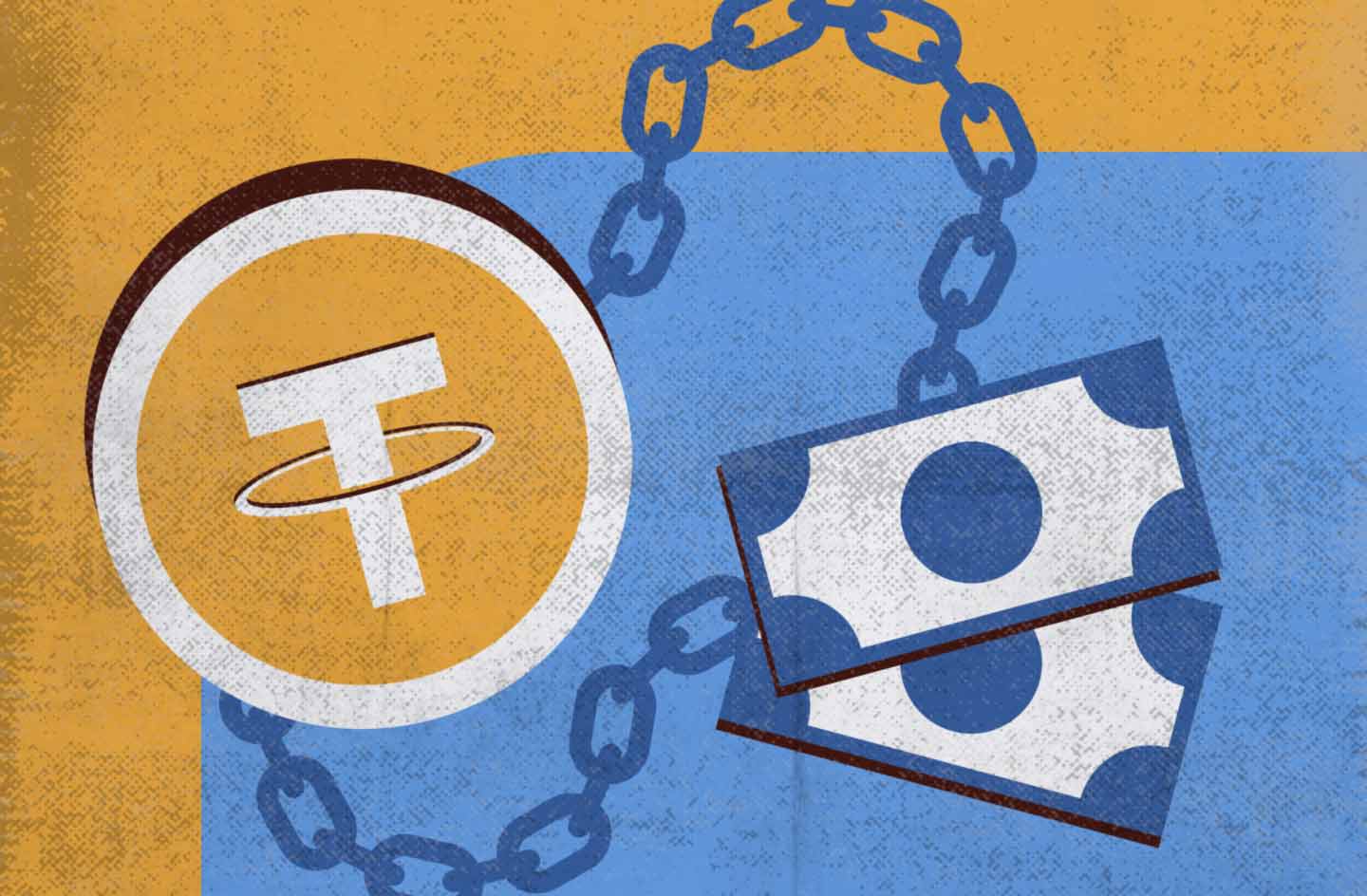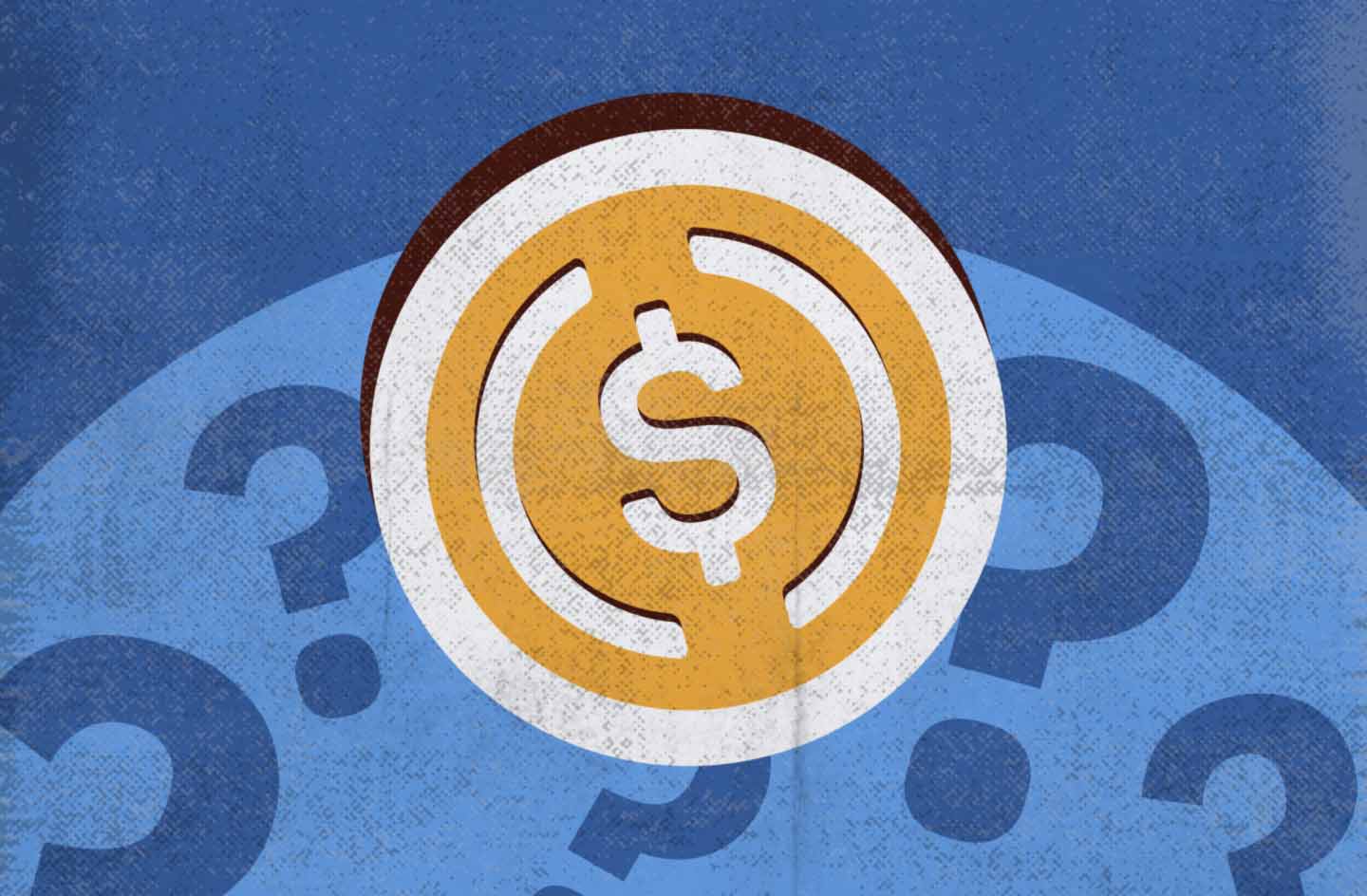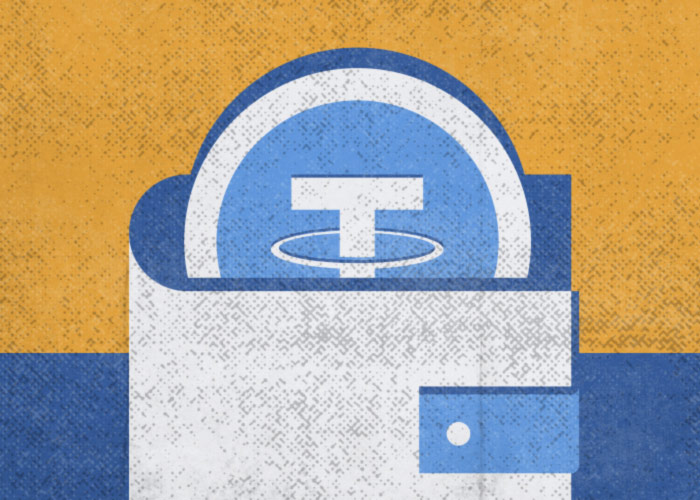What Are Stablecoins?

Stablecoins are cryptocurrencies whose value is tied to the price of other assets; for example, to traditional currencies, exchange-traded commodities, or even economic metrics such as inflation. Typically, the asset chosen as a peg has low volatility, such as the U.S. dollar or an ounce of gold. That’s why stablecoins are called stable.
The largest stablecoin is USDT. Its price is pegged to the dollar at a 1:1 ratio. The asset has existed since 2014, and its exchange rate to the dollar has mostly stayed the same.
How Do Stablecoins Work?

Stablecoins are issued by the issuing company. For instance, USDT tokens are issued by Tether. It also guarantees that holders can exchange their assets for USD at any time.
There are several types of stablecoins based on the principle of operation:
- Assets backed by fiat currencies. These tokens are backed by reserves in the currency they are pegged to and highly-liquid assets like short-term U.S. Treasury securities. Major stablecoin issuers regularly audit their reserves to bolster user confidence. Stablecoins linked to physical assets, such as gold, work similarly. Owners of these stablecoins can exchange them for the assets they are tied to at any time.
- Assets backed by cryptocurrencies. These kinds of coins are issued by smart contracts, and users’ tokens serve as collateral. Users send the selected cryptocurrency to a smart contract by “freezing” it. In return, they receive stablecoins, and they can get their deposit back in the same way. This eliminates the trust issue. The mechanisms of pegging to the real asset are based on various mathematical theories, game theory, and other mechanics, through which participants in the system maintain exchange rate stability. The DAI stablecoin works similarly. Its price is pegged to the dollar, but it’s fully backed by cryptocurrencies.
- Algorithmic stablecoins. This is a common way to refer to assets issued by a decentralized protocol, but the price is provided primarily by a native token of a particular blockchain network. Rate stability is maintained by a complex set of software algorithms and smart contracts that control the issuance. These are de facto unsecured stablecoins, although some of these systems do provide for “rainy day” back-up collateral.
According to CryptoCompare, in January 2023, the share of algorithmic stablecoins in the cryptocurrency market decreased almost tenfold compared to April 2022, from 12.4% to 1.71%. This was primarily affected by the collapse of UST, which shattered user confidence. A ban on such assets is already being discussed at the government level; for example, in the United States and Hong Kong.
In purely technical terms, DAI is also managed by algorithms. The key difference is that there’s usually a specific centralized organization behind the “decentralized” protocols of algorithmic stablecoins. 2023’s most prominent example of such an asset is USDD, with Justin Sun and the TRON Foundation de facto behind it. The value of the issued assets is 100% provided by the native token TRX, but BTC, USDT, and USDC are also in reserve, worth about 50% of USDD’s total issuance.
What’s the Point of Stablecoins?

High volatility is the main drawback of cryptocurrencies. Stablecoins don’t have this disadvantage. They have all the advantages of cryptocurrencies:
- programmability through smart contracts;
- increased data privacy;
- low transaction fees.
They’re also characterized by high transfer rates and ease of conversion. Along with a stable exchange rate, all this makes them a great tool for cross-border transfers, e-commerce, investment activities, and exchange trading.
Where to Use Stablecoins?

Stablecoins are actively used by investors and traders on cryptocurrency exchanges, as a profit-taking tool, to hedge portfolios, and more.
A good example of an application for ordinary users is smart insurance. Smart contracts allow you to track flight cancellations or delays and automatically compensate the cost of purchased tickets in stablecoins and other insurance liabilities. The process doesn’t require the red tape that makes over 0.5 million passengers in the U.K. alone choose not to file valid insurance claims yearly.
Here’s a more global example: the Iranian government plans to issue a gold-backed stablecoin for foreign trade transactions, particularly with the Russian Federation. This will allow both countries to circumvent the financial sanctions imposed on them in the first place.










